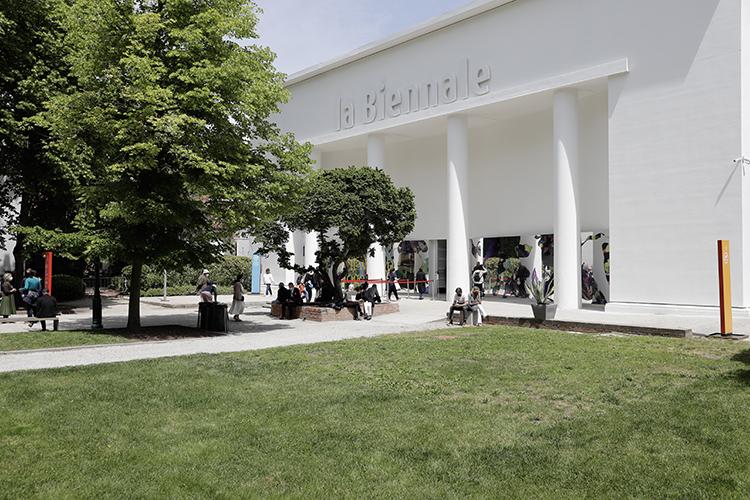(ZENIT News / Vatican City, 02.21.2023).- The Holy See returns to the Venice Biennale of Architecture! It has been announced today that the Dicastery for Culture and Education will be represented at the Biennale of Architecture, which takes place from May 20th to November 26th 2023. The Holy See had previously participated in the 2018 Biennale of Architecture, when it exhibited ten Chapels in the gardens of the Island of San Giorgio Maggiore. This year’s Exhibition will be displayed in the actual Benedictine Monastery buildings and the Abbey gardens.
Cardinal José Tolentino de Mendonça, Commissioner of the Holy See’s Pavilion, has expressed his delight that it has been possible to secure the Holy See’s presence at a Biennale which celebrates the role of architects in creating a better and more sustainable future for our world as is recognized in the theme «The Laboratory of the Future» proposed by Lesley Lokko, the Curator of the Biennale 2023. The Cardinal, who was nominated Prefect of the Vatican’s Dicastery for Culture and Education in Autumn of 2022, said that this presence is intended to be a «statement of the Church’s desire to be close not just to the world of architecture but to the arts in general and should be seen as a programmatic statement of how the Department will seek to ensure the presence of the Church in those places, events and spaces where artists gather>>. The objective he remarked is «to recover the sense of the Church as a friend of artists, interested in celebrating and highlighting their achievements with a view to developing a richer dialogue and growth in mutual understanding». The Cardinal hopes that this initiative could serve to encourage local Churches to similar forms of engagement with cultural events and manifestations at the regional level.
His Eminence specified that the Holy See will dedicate its National Pavilion at the Biennale 2023 to the theme of social friendship, a theme which is particularly dear to Pope Francis, who has presented His vision of the Culture of Encounter in his Encyclical Letters Laudato si’ (2015) and Fratelli tutti (2020). Card. Tolentino underscored that the theme was chosen as a vehicle to celebrate the tenth Anniversary of Pope Francis Pontificate as a gift to the Church and to the World. Thus, from 20th May to 26th November 2023, in the halls and garden of the Abbey of San Giorgio Maggiore, the exhibition «Social Friendship: meeting in the garden», will invite visitors, in the words of the Curator of the Pavilion, Architect Roberto Cremascoli «to take care of the planet like we take care of ourselves and celebrate the culture of encounter».
The Commissioner and the Curator of the Vatican Pavilion invited the Portuguese architect Álvaro Siza (Pritzker Prize in 1992) – an indisputably renowned figure on the artistic and architectural scene – and the Italian Collective Studio Albori (Emanuele Almagioni, Giacomo Borella, Francesca Riva) a multidisciplinary practice specialized in developing projects that mix architecture activities with participatory and ecological processes – to feature in the exhibition. The meeting of the Holy Father’s encyclicals, the invited architects and the various scientific contributions will create installations that will respond to the theme «The Laboratory of the Future» proposed by Lesley Lokko, the Curator of the Biennale 2023.
The exhibition develops inside the Benedictine Abbey: from the entrance rooms that face the Giudecca Channel, through the «manica lunga» (long sleeve) gallery and the rooms that open to the garden, to the garden itself. The installation «O Encontro» by Álvaro Siza welcomes and leads the visitor, who dialogues with the pieces designed by the maestro, to the outdoor space. The latter, featuring a new garden designed by the Studio Albori, will be presented with a fresh arrangement. This space, usually reserved for the Benedictine community, will be opened to visitors. The new layout of paths between the vegetable gardens, the chicken coop and the quiet zones puts the focus on the sharing and contemplation that are central to the day-to-day life at the Abbey, and creates the possibility for a dialogue between the residents and those who are visiting and enjoying these spaces.



